
I was born a walker. For me the most sensuous way to experience a place – whether it be Dublin or Paris or St. Louis – is to walk it; following scents, letting the colors of a place seep into me, pausing here and there to taste, or stopping dead in my tracks to follow the lines of a structure upward, past balconies and French doors, over mountainous gables, along rooftop gardens, wrought-iron widow walks, gargoyles or sphynxes. Some perspectives just cannot be gleaned unless you’re standing still.

The people I guide on my walking tours, especially those from other parts of the U.S. and the world, are astonished by how much intrigue and beauty St. Louis holds. Many of these treasures are easily missed unless you’re on foot.

But walking’s not for everyone, and not all of the time. It’s possible to explore St. Louis via coach, carriage ride as well as running tours.
There’s nothing quite like the wind in your face and hair as you glide through favorite neighborhoods or ride the topography of an uncharted territory for the first time on a bike.
 Now that bike racks have been situated in so many St. Louis neighborhoods you can enjoy the double pleasures of biking to and from a place, then hopping off and parking to explore it at your leisure on foot – an autumn farmer’s market in Tower Grove Park, the shops in old-new-town Kirkwood, or the specialty markets of The Hill, catching snippets of conversation in different languages and the various accents and energies that distinguish a neighborhood.
Now that bike racks have been situated in so many St. Louis neighborhoods you can enjoy the double pleasures of biking to and from a place, then hopping off and parking to explore it at your leisure on foot – an autumn farmer’s market in Tower Grove Park, the shops in old-new-town Kirkwood, or the specialty markets of The Hill, catching snippets of conversation in different languages and the various accents and energies that distinguish a neighborhood.
Cycling has re-emerged in recent years as a healthy and very popular way of navigating St. Louis and its environs, as it has in many other parts of the U.S. and the world.
 And with local, state and federal initiatives paving the way for clearly defined bike lanes, cycling is becoming safer than it has been since automobiles took to the roads in great numbers in the early 20th century.
And with local, state and federal initiatives paving the way for clearly defined bike lanes, cycling is becoming safer than it has been since automobiles took to the roads in great numbers in the early 20th century.

Avid cyclists like Jeremy Bradshaw who sells bikes and bike equipment at Urban Shark (http://bigshark.com/about/urban-shark-pg778.htm), a full-service bike shop at 1009 Locust Street in downtown St. Louis welcomes the bright, white bike lanes that the City of St. Louis has added to the downtown streetscape and hopes they will facilitate safe travel on congested roads, as they link to many, already-established bike lanes in other areas of St. Louis City and County.

Urban Shark stands adjacent to St. Louis’ Downtown Bicycle Station, an initiative of Trail Net (trailnet.org/) that provides 20-hour access, over 120 bike racks, showers and a locker room to cyclists commuting to and from work on their own steam.
Archaeological evidence suggests that the first humans to enter North America by Berengia from Asia did so on foot, in successive migrations between about 30,000 and 11,000 years ago.

It also reveals that humans have walked all over the globe. As more and more lower levels of culture are unearthed, the extents to which hunter-gatherers and their descendants followed the herds they hunted are expanding.
 The first known “Native Americans” arrived in what is today Missouri about 12,000 years ago following elk, deer, and bison herds from the New Mexico area, where the climate had become very hot, dry and the vegetation scarce.*
The first known “Native Americans” arrived in what is today Missouri about 12,000 years ago following elk, deer, and bison herds from the New Mexico area, where the climate had become very hot, dry and the vegetation scarce.*
The earliest man-made trail west of the Mississippi became known from the 17th century as the Great Osage Trail, taking its name from the Osage nation, the Ni-u-kon-ska (People of the Middle Waters) who dominated this area.**

Long before the Osages, by about the year 900, Mississippian Mound Builders were traversing the Mississippi, the master river of North America, and its tributaries in canoes.
They built a capital in what is today the Greater St. Louis area – roughly between Cahokia, Illinois and St. Louis, Missouri, an area rich with fertile soil on the river’s east bank and honeycombed with caves on its west, and were trading with other tribal Americans as far north as the Great Lakes, as far south as the Gulf of Mexico, as far east as the Appalachian Mountains and as far west as the Rocky Mountains.

Early humans around the world crossed bodies of water in simple crafts long before history records. What we know as canoes today (and pirogues in parts of the Mississippi River Valley in the 18th century and lower Louisiana today) are so ancient and universal a form of transportation their origins are as yet and may never be, definable.

Everything in the St. Louis we know today began with the river, the great Mississippi, which the Aninshinaabe (Ojibwe/Algonquin) people called Misi-ziibi and the French rendered as Mesipi.

Soon after Pierre Laclede established Post de Saint Louis as an Indian center of commerce in the mid-Mississippi River Valley, tribal delegates from as far west as the Great Plains and the Rocky Mountain came here to trade. Beginning as a tiny, international port linking New Orleans in the south with Montreal in the north, and European markets with Native American trade, the Mississippi allowed Port St. Louis to grow exponentially.

Flatboats and keel boats became preferred forms of transportation for the trappers and traders plying the Mississippi and Missouri rivers with large quantities of goods – European imports and American furs and hides.

After Lewis and Clark returned to St. Louis with a mapped route to the Pacific Ocean in 1806 and the United States government began offering free land out the Oregon Trail, settlers arrived in the thousands, overland in covered wagons and on the rivers by boats, to get permission for that land, making St. Louis the Gateway to the West. The Oregon Trail in St. Louis began at Broadway and Market Street (the first road in St. Louis).
When the Mississippi froze in winter, covered wagons could cross it without being ferried, to make their way west from St. Louis.

Ground was broken in St. Louis in 1851 for the Pacific Railroad/later the Missouri Pacific slated to run from St. Louis via the state capital of Jefferson City to the western boundary of Missouri, and onward to the Pacific Ocean.

Prior to James Eads engineering the first primarily steel bridge in the world connecting Missouri with Illinois in downtown St. Louis, train cars had to be ferried across the Mississippi.

Chartered in 1851, the St. Louis-Iron Mountain Railroad carried granite from southern Missouri north, for the cobblestones on the St. Louis levee and granite for the piers Eads sunk to bedrock for his ground-breaking bridge at St. Louis.
 It would also transport hundreds of Confederate POWs from Pilot Knob, MO to prison in St. Louis during the Civil War.
It would also transport hundreds of Confederate POWs from Pilot Knob, MO to prison in St. Louis during the Civil War.
While St. Louis reigned as the great metropolis of the mid-Mississippi River Valley steamboats of varying sizes and designs reigned the river’s mighty waters transporting thousands of passengers, millions of tons of cargo and sometimes horrific diseases like cholera.

The Golden Age of the Steamboat vanished as it began in the 19th century. Elegant ships, like those once piloted by Mark Twain have long-since given way to the more functional barges and tugboats that line the lengthy Port of St. Louis today; a port where Sam Clemens remembered the steamboats sometimes docked “a mile long and three deep” along the levee.***
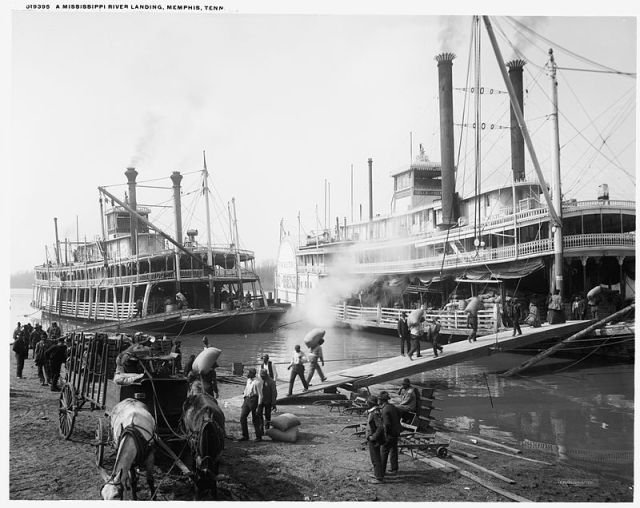
These barges carry regional, natural resources such as grain and coal to gulf ports where they’re loaded for shipping to destinations as distant as Africa and Asia. We remain an international port.
James Eads designed the St. Louis Bridge in 1874 to carry not only horses, carriages, wagon loads and pedestrian foot traffic but full-scale trains, allowing them to cross the Mississippi River from Illinois to Missouri (and back) at full throttle. He linked its west platform to a tunnel he engineered for underground travel until the train emerged into what became one of the largest switching yards in the U.S. (previously Chouteau’s Pond).

The vast majority of trains entering and leaving St. Louis no longer pull into the rail yard behind Union Station (now a hotel complex) by-passing it for the Amtrak Station four blocks east.

At the Civic Center Station travelers can conveniently switch from Amtrak to MetroLink Light Rail Service – or buses – to continue their journey on to wherever they’ll be staying. MetroLink Transit has five stops in downtown St. Louis (two of which, 8th & Pine and Convention Center, are located in the tunnel) and links to university campuses, hospitals, shopping centers, and Lambert International Airport. MetroLink Transit also serves Illinois passengers in the East St. Louis area.

Since bicycles are allowed on trains, riders can use light rail to cover large distances on the way to areas they want to bike and back.
Interstate highways like the Daniel Boone and Mark Twain expressways have replaced the trails forged by Native American tribes but our rivers remain natural highways for commerce as well as pleasure.
 Navigating what became St. Louis hasn’t changed entirely over the last several thousand years except perhaps in the area of flight with McDonnell-Douglas, later Boeing, pioneering aircraft and spacecraft in ways ancient Americans never dreamed.
Navigating what became St. Louis hasn’t changed entirely over the last several thousand years except perhaps in the area of flight with McDonnell-Douglas, later Boeing, pioneering aircraft and spacecraft in ways ancient Americans never dreamed.
The past quarter-century has seen a renewed appreciation for the natural environment which has so shaped and nourished the culture of the St. Louis area.

Strides are being made in the creation of riverfront trails for biking, walking and running, and for the preservation of marshes, creeks, and wildlife areas but the struggle to maintain the critical balance between nature and the human imprint upon it is ongoing. We have a lot of catching up to do.
This coming weekend, on Sunday, September 20th Trailnet of St. Louis (founded in 1988 to promote the St. Louis Riverfront Trail) is hosting a Share the Street Party (http://trailnet.org/calendar/trailnets-2015-share-the-street-party/) from 11:00am – 7pm, in Old Post Office Plaza downtown with food and craft beers, artist demonstrations representing St. Louis’ many diverse neighborhoods, and live entertainment by the St. Louis Blues Society. If you come you’ll have an opportunity to discover great area cycling opportunities and initiatives in and around St. Louis on a crisp, autumnal day!

Special thanks to Jeremy Bradshaw of Urban Shark and Carol Schmidt & Marcia Quint of Trailnet for taking the time for an interview!
References: *”Early Man in North America: The Known to the Unknown” by Valerie Ann Polino – http://www.yale.edu; **Under Three Flags by Maureen Hoessle, Virginia Publisjing, 2005; ***Life on the Mississippi by Mark Twain, James R. Osgood & Co. Boston, MA. 1883 and Chatto & Windus, London, England, 1883.
 Photo Credits: SaintLouisMetroLinkEadsBridge.jpg – author William Rosmos, his own work, copyrighted & shared CC BY-SA 3.0 at wikimedia commons.org; Cyclists at Hyde Park corner roundabout in London.jpg – author Gerry Lynch, his own work, copyrighted & shared CC BY-SA 3.0 at wikimediacommons.org; American Bison, Missouri Pacific Number 152, Riverboats at Memphis, Chain of Rocks Bridge St. Louis, and Gemini Spacecraft – all in the public domain at wikimediacommons.org; Townhouse at 13th & Lami Streets in Soulard & Lenore K. Sullivan Blvd. at the Foot of Washington Avenue (above) – Tom Kavanaugh, Sr. All other photos by Maureen Kavanaugh, author of this blog.
Photo Credits: SaintLouisMetroLinkEadsBridge.jpg – author William Rosmos, his own work, copyrighted & shared CC BY-SA 3.0 at wikimedia commons.org; Cyclists at Hyde Park corner roundabout in London.jpg – author Gerry Lynch, his own work, copyrighted & shared CC BY-SA 3.0 at wikimediacommons.org; American Bison, Missouri Pacific Number 152, Riverboats at Memphis, Chain of Rocks Bridge St. Louis, and Gemini Spacecraft – all in the public domain at wikimediacommons.org; Townhouse at 13th & Lami Streets in Soulard & Lenore K. Sullivan Blvd. at the Foot of Washington Avenue (above) – Tom Kavanaugh, Sr. All other photos by Maureen Kavanaugh, author of this blog.
Illustration Credits: All maps & illustrations are in the public domain at wikimediacommons.org including The Trapper and His Family by Charles Deas, The Jolly Flat Boatmen by Thomas Hart Benton, Crossing the Mississippi on the Ice by Carl Christensen, and the Traveling by Flatboat engraving by Alfred R. Waud.
 This quality paperback is a compilation of the research which has gone into the walking tours and coach tours that I give of downtown St. Louis along with some 60 vintage images and contemporary photographs, mostly the work of my husband, Tom Kavanaugh. But the book contains far more detail than a walking tour allows for.
This quality paperback is a compilation of the research which has gone into the walking tours and coach tours that I give of downtown St. Louis along with some 60 vintage images and contemporary photographs, mostly the work of my husband, Tom Kavanaugh. But the book contains far more detail than a walking tour allows for.


 There will also be new stories about St. Louis people and events that are little known or virtually unknown to the general public and I’m very excited to be telling them!
There will also be new stories about St. Louis people and events that are little known or virtually unknown to the general public and I’m very excited to be telling them!




























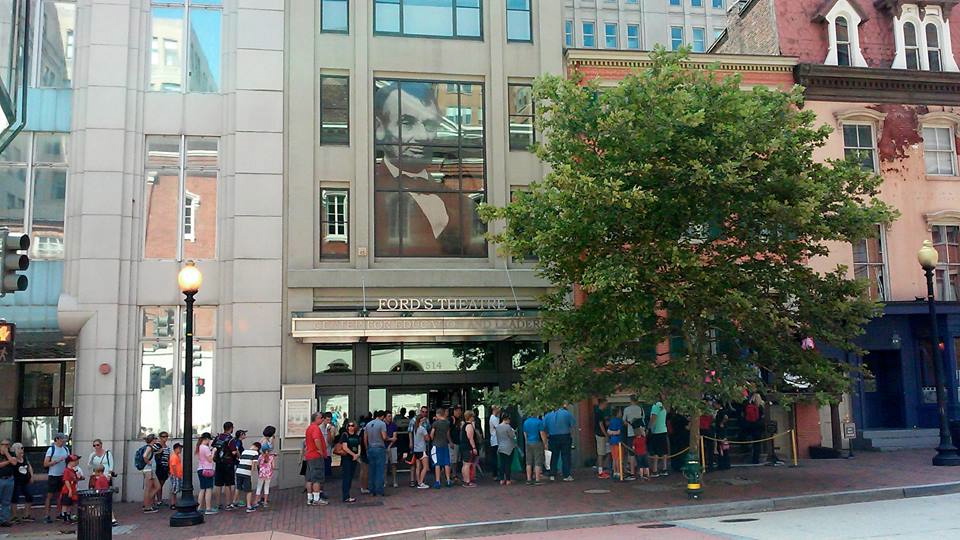


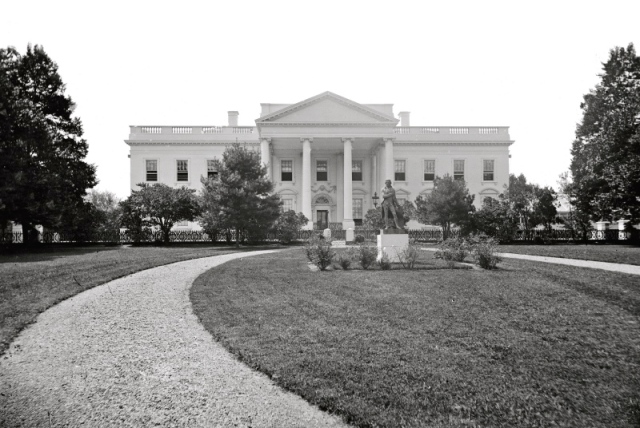

















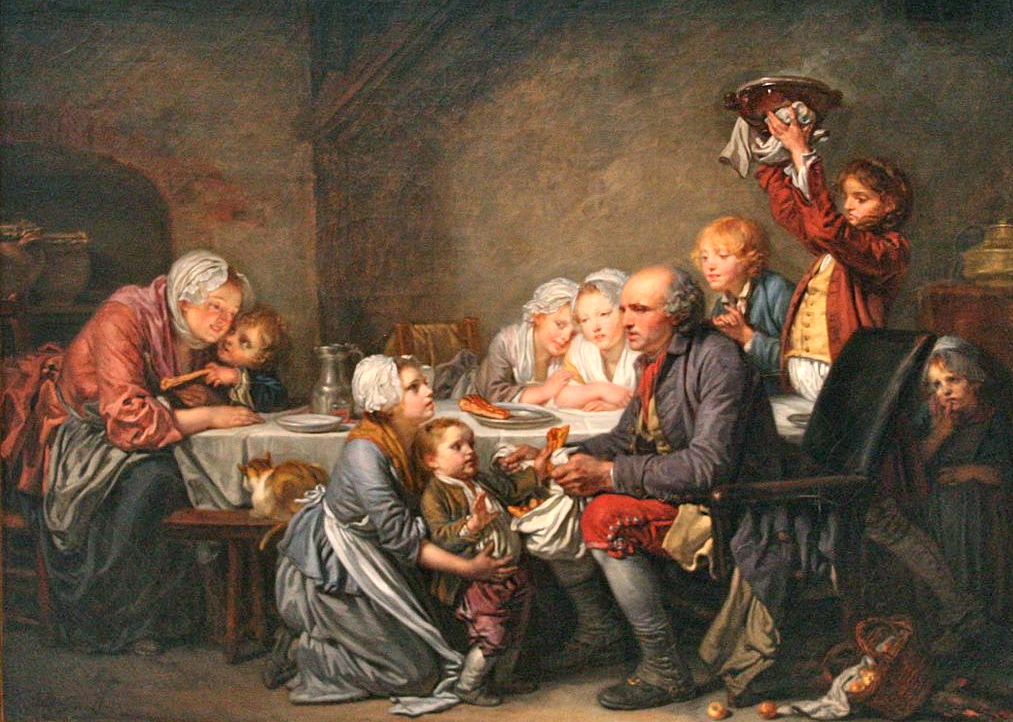


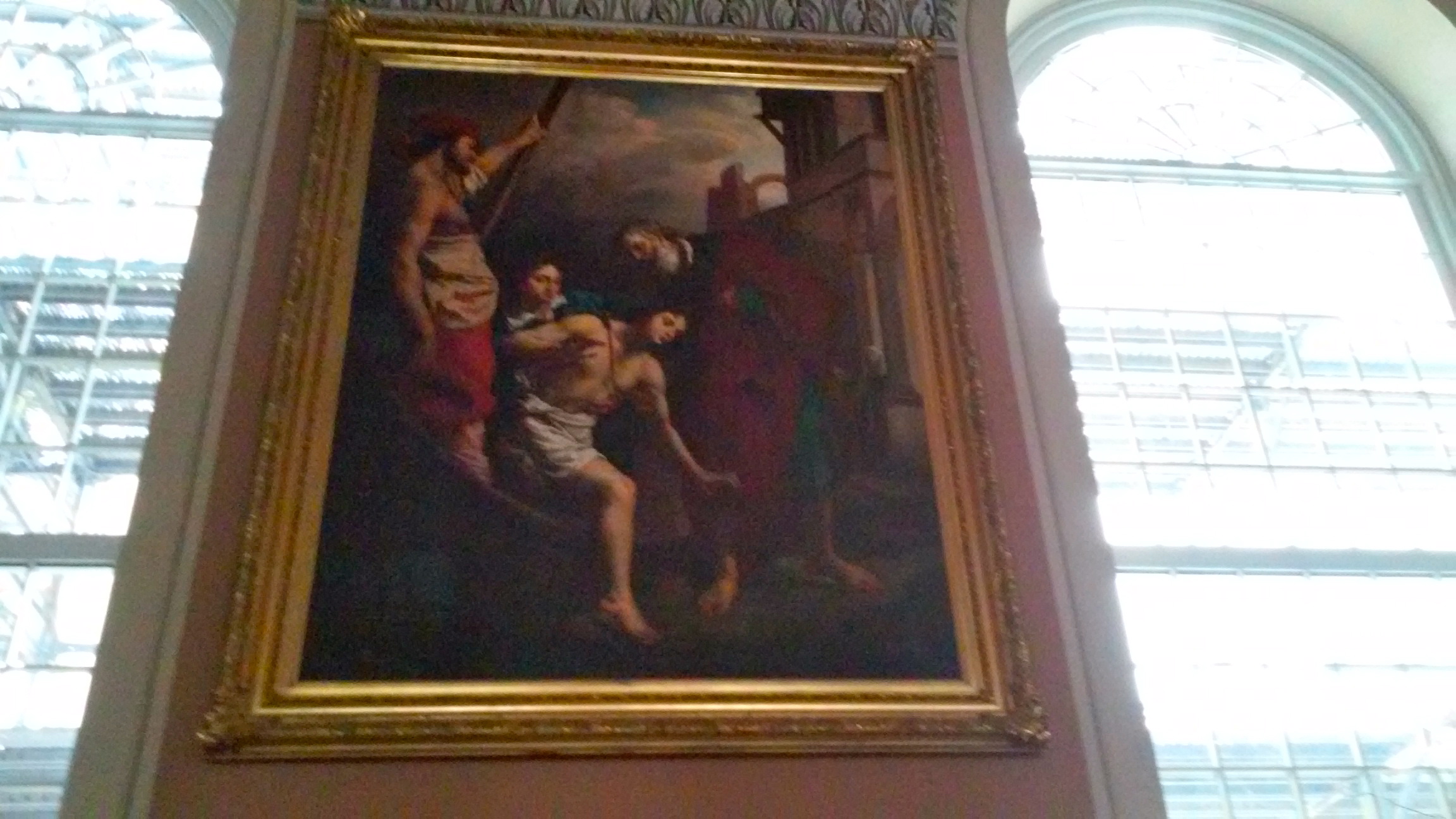





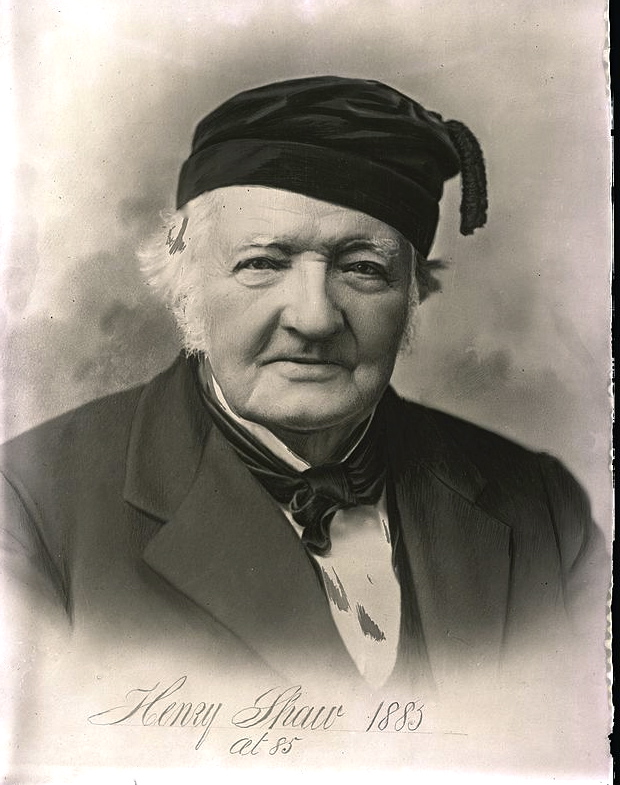










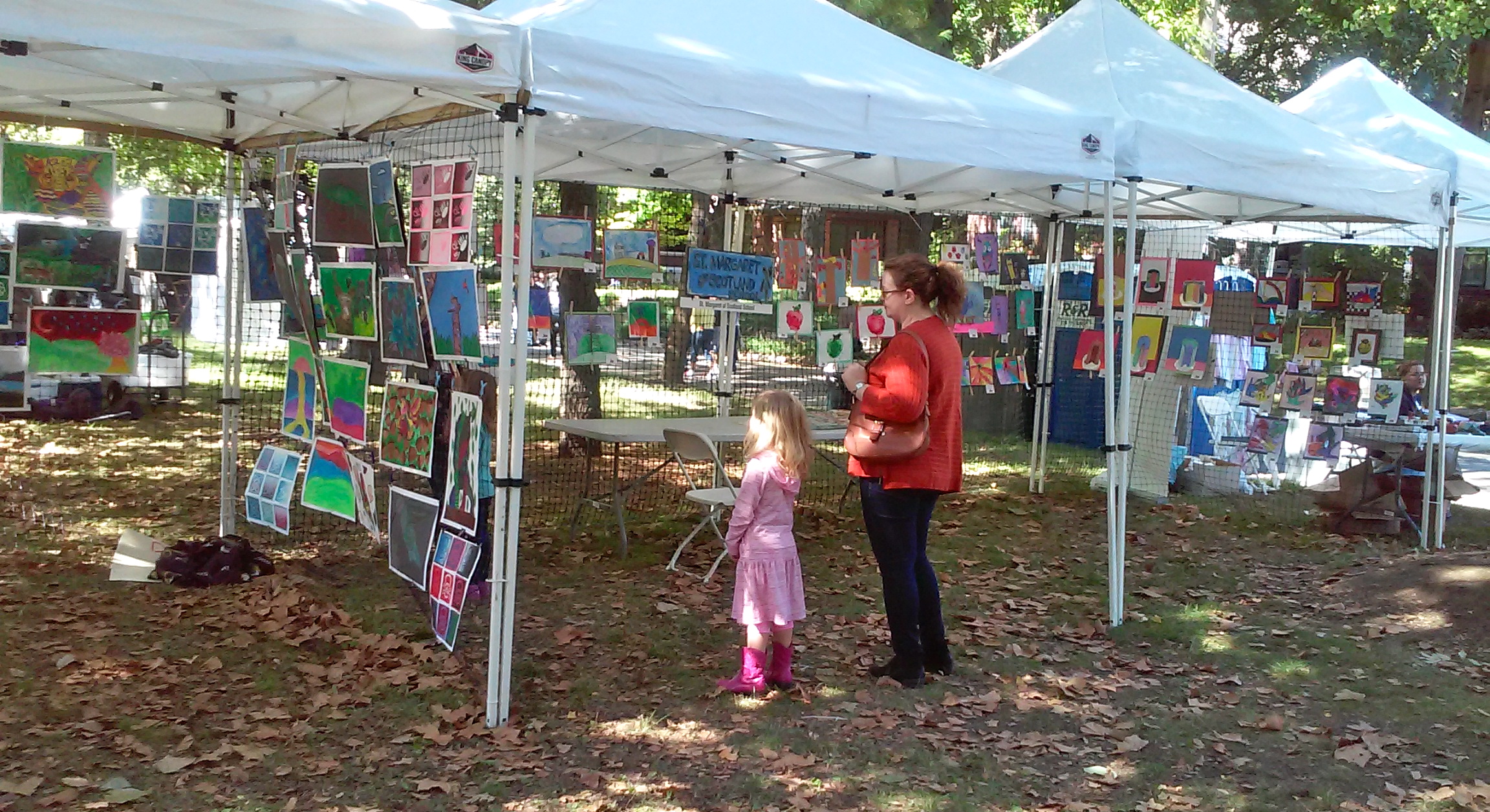









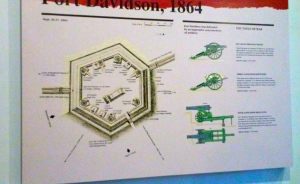

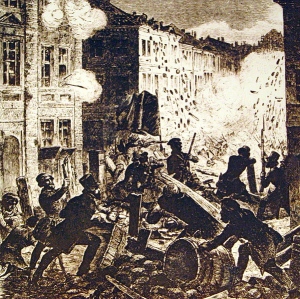

















Mound Street and A Museum of the City of St. Louis
Ancient peoples, who held their bards and other collectors of history in high esteem, realized this but modern societies, in the face of enormous technological advances, are losing their sense of the past and their reverence for the sources of culture at an alarming rate.
This Museum of the City of St. Louis should possess the depth and scholarly weight of the Field Museum of Natural History in Chicago because its focus would not be on St. Louis as a singular urban entity, nor even a single city within the state of Missouri, but on St. Louis as the vortex of an immense area of natural resources and a connecting point to other regions, cultures and markets. It should be so irresistibly interactive that children and adults alike would be drawn into the incredible mystery and drama that history, when it’s well told and illustrated, evokes. They would realize the considerable accomplishments that people like themselves have achieved along the Mississippi, on this stretch of prairie, and be inspired to create and construct the St. Louis of tomorrow. They should also recognize its weaknesses and work to improve them.
It should be so irresistibly interactive that children and adults alike would be drawn into the incredible mystery and drama that history, when it’s well told and illustrated, evokes. They would realize the considerable accomplishments that people like themselves have achieved along the Mississippi, on this stretch of prairie, and be inspired to create and construct the St. Louis of tomorrow. They should also recognize its weaknesses and work to improve them.
You may think this a pie-in-the-sky concept with no chance of succeeding but St. Louisan Bob Cassilly is in fact accomplishing this very thing with the visual arts in his City Museum, fifteen blocks west of the river in downtown St. Louis. Children and adults who venture into that re-imagined ware house experience art on all levels – not simply as viewers, as an audience – but participants in the artistic process – climbing, crawling, sliding and figuring out how to physically negotiate works of art. There are even opportunities for visitors to create their own art while inside. So it can be done. It can be done locally. It can leave not only St. Louisans but people from all over the world – gasping with amazement and becoming themselves – inspired – as does City Museum.
This Museum of the History of the City of St. Louis would begin with that which existing St. Louis museums have neglected – setting a stage for the most significant prehistoric human culture in the Mississippi River Valley – the Mound Builders – then proceed to the first St. Louisans and the Indian trade here, through formation of a state legislature, to a frontier capitol, the golden age of the steamboat, the Civil War, the Great Metropolis of the Mississippi River Valley in 1875, the rise of the modern skyscraper, the largest hosting of human achievements and cultures the world has ever seen in the Louisiana Purchase Exposition of 1904 and finally to vision-shaping the future.
St. Louis’s present – and only – commemorations of the Mound Builders who raised the greatest capital north of Mexico to the east in present day Cahokia, Illinois and extended it westward to include this side of the Mississippi River – are a one block stretch called Mound Street – that is difficult to find because it is so short that you miss it while driving if you blink – and a granite boulder on Broadway, south of Mound Street, at Howard Street, from which the memorial identification plate has long since disappeared.
A great city preserves and commemorates its past to inspire its future. It’s time for St. Louis to become a great city again.
© 2010 Maureen O’Connor Kavanaugh
Update: I’m very happy to report that as of 2018 the City of St. Louis finally has a museum on the riverfront to match the brilliance of the Gateway Arch, which rises above it; a museum that places the city in the national context it deserves. And it’s even better than I dreamed it would be! Visitors can enter it from the park just east of the Old Courthouse.
While there I heartily recommend that you explore the marvelously re-envisioned and landscaped Gateway Arch National Park, in which the museum is located. Treasures – books, historic replicas, toys and more – can be found in the museum gift shop.